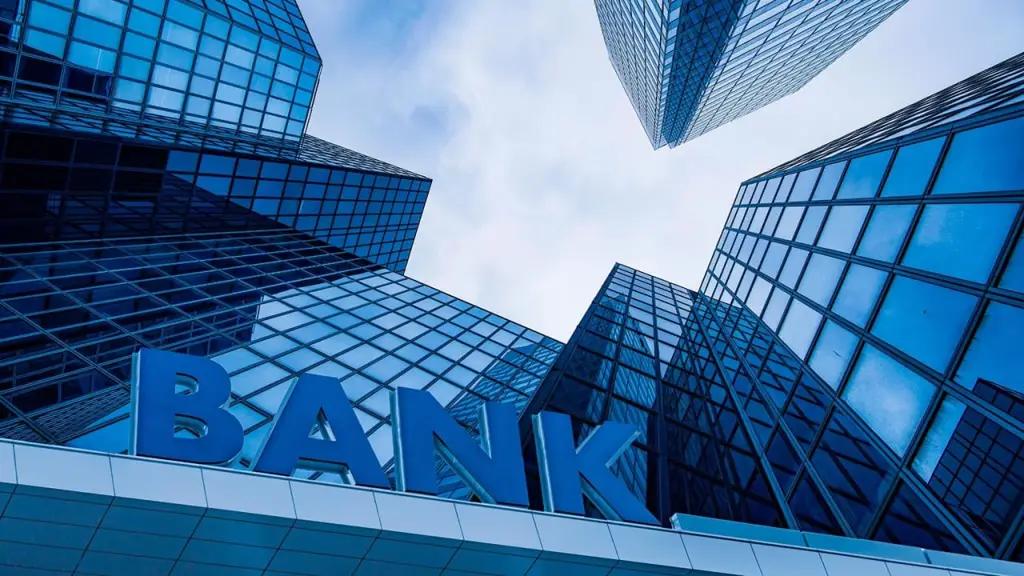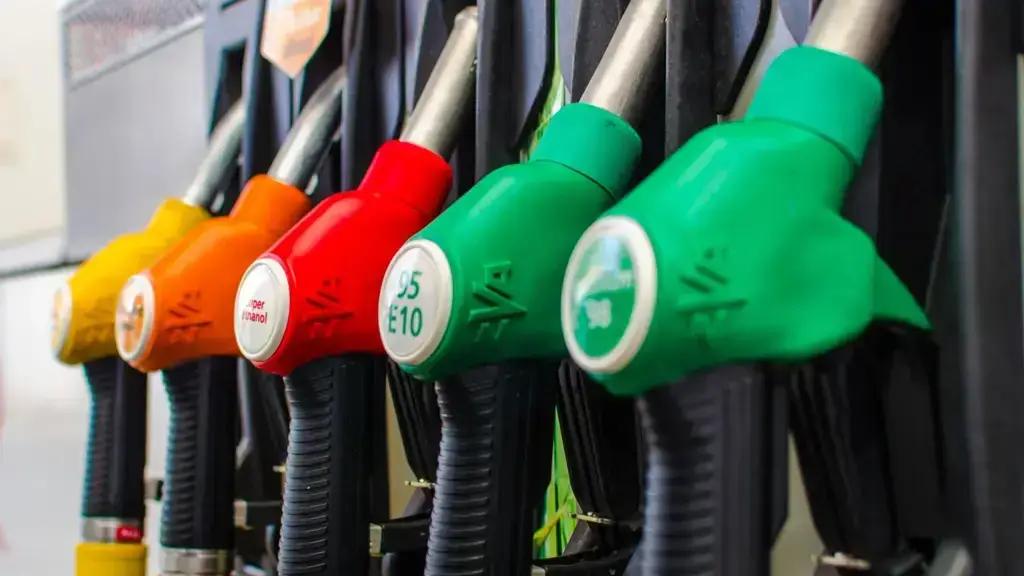
Published
05/23/2025, 07:38In recent years, Kyrgyzstan has been focusing on domestic borrowing. While the share of domestic debt in the total public debt was 19.9% in August 2022, by the end of January this year it had already risen to 31.62%. This aligns with the public debt management strategy, which envisages a gradual reduction of external financing (the document stipulates that by 2024 foreign currency debt should not exceed 84% — author’s note). In turn, this approach is expected to strengthen budget resilience by reducing vulnerability to currency fluctuations and dependence on international creditors. However, the question arises: "Who exactly is lending to the government?"
The answer is provided by the National Bank, which reports that 14 out of 21 operating commercial banks hold government securities. The total amount of these investments was estimated at 53.3 billion KGS as of the end of last year.
The figure is significant. Especially considering that the total domestic public debt of the Republic at the end of 2024, according to open data from the National Bank and the Kyrgyz Stock Exchange, was estimated at 174.26 billion KGS. Thus, banks hold more than 30% of this debt on their balance sheets.
The growing interest of banks in government securities is evident — just a year ago, in 2023, the volume of such securities in financial institutions’ portfolios amounted to 36.7 billion KGS. This represented 27.57% of the total domestic public debt (according to the Ministry of Finance, the total domestic debt stood at 133.1 billion KGS at the end of 2023).
It is possible that today we are not just witnessing a market revival, but a restructuring of the domestic borrowing model.
The growth of banks’ investments in government securities demonstrates the sector’s interest in stable, low-risk instruments. Amid geopolitical uncertainty and volatility in currency markets, the desire to invest safely while earning a decent return is quite understandable. Today, Ministry of Finance securities serve as a sort of “safe-haven asset” for commercial banks.
The growth in investments is also explained by the yield of the securities themselves. In 2024, the weighted average yield on short-term treasury bonds was 15.6%, while bills yielded 12.2%. For comparison, in 2023, treasury bonds also yielded 15.6%, whereas the yield on treasury bills was noticeably lower at 8.5%.
The increase in yields on one-year government securities contributed to the growing interest in them. For example, demand for treasury bills (GKV) was only 100 million KGS in 2023, but by 2024 it had increased thirteenfold — to 1.3 billion KGS. As for treasury bonds (GKO), demand consistently exceeded supply: last year, demand was 46.3 billion KGS compared to 44.3 billion KGS in supply. However, by 2023, their demand had decreased by almost 14%.
For commercial banks, government fixed-income securities with yields between 12% and 16% have become not only a way to manage liquidity but also a stable source of profit, effectively turning them into creditors of the budget with a comfortable margin of leverage.
However, despite the scale of investments, most banks do not disclose the structure of their portfolios. It is not reliably known which securities are government bonds and which are private issuers’ papers. This makes the exact picture of banks’ participation in budget financing opaque, at least for the curious and active part of society.
Nevertheless, according to the analysis of publicly available reports (not all have published annual reports, so in some cases quarterly and December reports were used as a basis — author’s note), 16 commercial banks invested more than 50.3 billion KGS in securities. The trend is primarily driven by state-owned banks:
| Bank | Investment volume, billion KGS |
|---|---|
| "Aiyl Bank" | 20.2 |
| "Eldik Bank" | 14.4 |
| "MBank" | 3.4 |
| "Keremet Bank" | 2.8 |
| "Demir Bank" | 2.4 |
According to data gathered from open sources, these five banks account for more than 85% of all investments in securities.
The activity of banks is driven not only by the desire to earn profits — government securities are increasingly used as collateral in repo transactions on the interbank market. According to the National Bank, in 2024, 69.2% of all repo market transactions (a type of short-term financing secured by securities — author’s note) were backed by government securities, while the remaining 30.8% were secured by notes issued by the regulator itself.
In this context, government securities also become a tool for maintaining liquidity, especially amid limited inflows of cheap funding.
Financing domestic debt through banks is a common practice in most countries. Kyrgyzstan is simply following a global trend where public finances and the banking system are becoming increasingly interconnected. However, without transparency regarding portfolio structures, an understanding of placement conditions, and the degree of risk concentration, it is difficult to fully trust the structure of the domestic debt.



